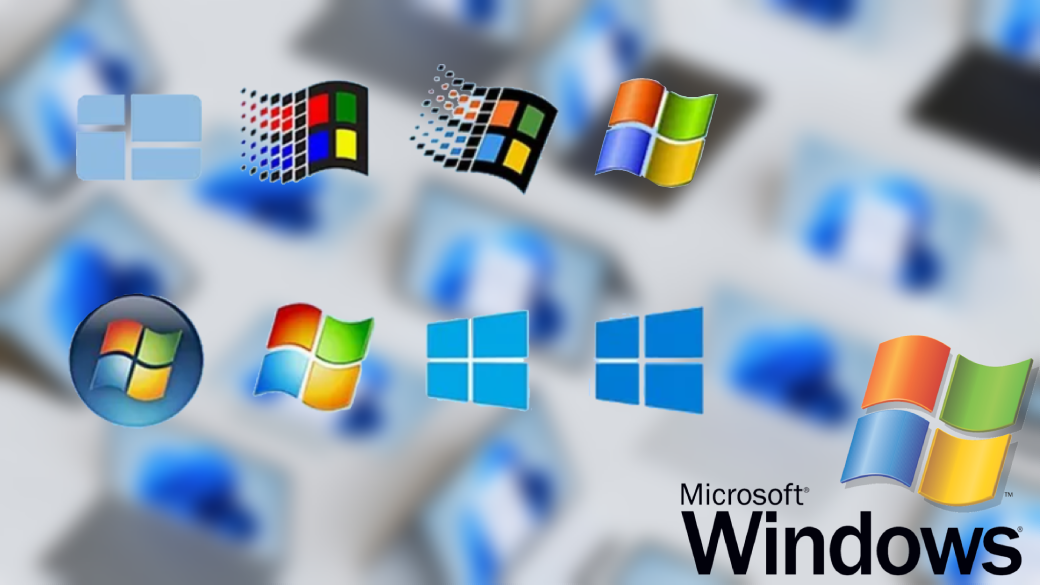A group of operating systems known as Microsoft Windows was first introduced in 1985. The MS-DOS operating system, which predominated at the time, was intended to have a user-friendly interface. When Windows 1.0 was introduced in November 1985, it had a graphical user interface (GUI) that let users interact with the operating system using a mouse. Although the initial iteration of Windows was not very successful, it laid the groundwork for subsequent iterations.

The following significant release was Windows 3.0, which came out in 1990. The first widely adopted version of Windows was this one because it represented a significant improvement over earlier iterations. It introduced features like a file manager, virtual memory, and enhanced performance. Windows 3.1, which debuted after Windows 3.0 and added support for networking, multimedia, and TrueType fonts, came next.
Microsoft released Windows 95 in 1995, which was a significant upgrade from the earlier iterations. The Start menu, Taskbar, and support for lengthy file names were all introduced with Windows 95. It also had 32-bit application compatibility and Plug and Play hardware support. Windows 98, Windows Me, and Windows 2000 came after Windows 95.
| Windows | Released |
| Windows 1.0 | 1985 |
| Windows 2.0 | 1987 |
| Windows 3.0 | 1990 |
| Windows 95 | 1995 |
| Windows 98 | 1998 |
| Windows 2000 | 2000 |
| Windows XP | 2001 |
| Windows Vista | 2006 |
| Windows 7 | 2009 |
| Windows 8 | 2012 |
| Windows 10 | 2015 |
| Windows 11 | 2021 |
Microsoft released Windows XP in 2001, which was a significant upgrade from the earlier iterations. It added a new user interface, enhanced security features, and improved performance. Windows Vista, Windows 7, Windows 8, and Windows 10 came after Windows XP.
Microsoft released Windows 11, the most recent version of Windows, in 2021. Snap Layouts, Snap Groups, and virtual desktops are just a few of the new features included in Windows 11’s redesigned user interface and enhanced performance. New security features like Windows Hello and Device Encryption are also included.
In conclusion, Microsoft Windows has advanced significantly since it was first released in 1985. From a basic MS-DOS graphical user interface, it has developed into a sophisticated operating system with cutting-edge features and functionalities. The most recent version, Windows 11, builds on this history while providing users with a cutting-edge, secure, and easy-to-use computing environment.

